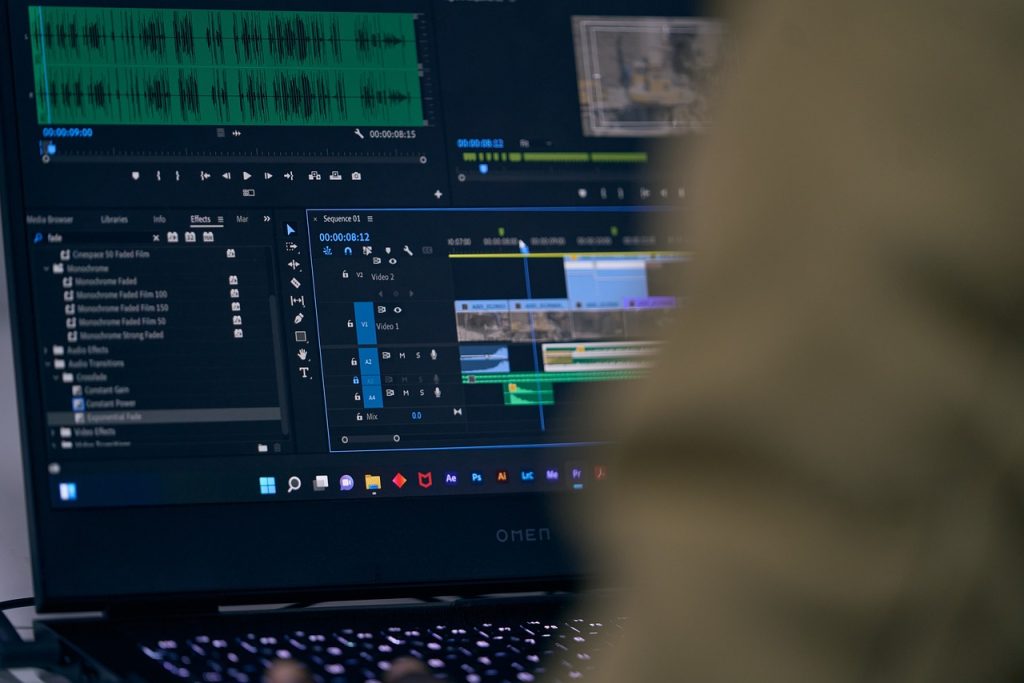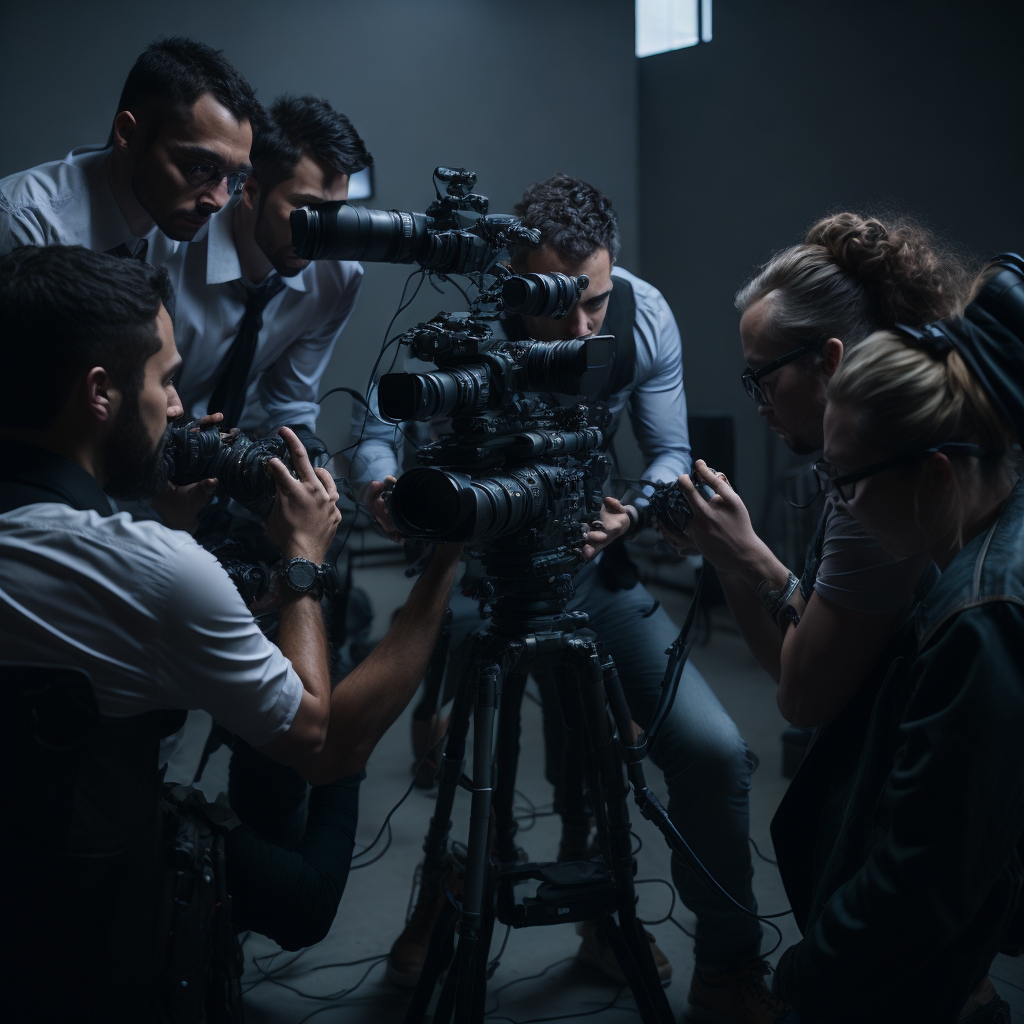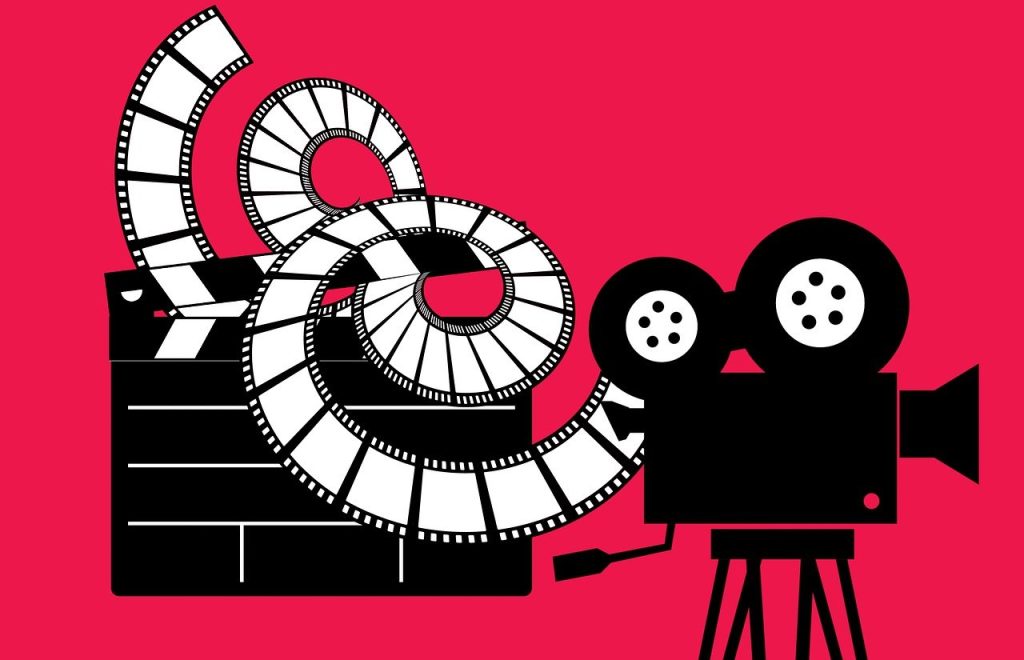
In the fast-paced digital world, capturing the attention of potential target audience and fostering brand loyalty has become increasingly challenging for businesses. Consequently, high-quality video content has emerged as a game-changer in driving brand awareness and engagement. From engaging storytelling to immersive visuals, video content has the ability to leave a lasting impact on audiences like no other medium.
Firstly, high-quality video content helps businesses create a memorable and positive brand image. A well-crafted video can deliver a brand’s values, personality, and unique selling points in a compelling way. It allows organization to establish an emotional connection with their audience, fostering trust and loyalty.
In addition, video content is highly shareable, making it an invaluable tool for expanding brand reach. Engaging videos are more likely to be shared on social media channels, increasing exposure to a wider audience. This organic sharing not only increase brand visibility but also enhances credibility as people are more likely to trust content shared by their peers.
One of the important advantages of video content is its ability to convey complex information in an easily digestible format. Whether it’s description of a new product, sharing industry insights, or representing customer testimonials, videos can simplify intricate concepts and keep viewers engaged. This leads to better understanding and retention of the information presented, further reinforcing the brand’s expertise.
Furthermore, high-quality video content improves the user experience on websites and social media channels. With attention spans diminishing, video content can quickly grab and hold the viewer’s attention, reducing bounce rates and increasing the time spent on a website. This better-quality user experience signals search engines that the content is valuable, potentially boosting the brand’s online visibility through higher search rankings.
Lastly, video content inspires two-way communication, allowing brands to interact directly with their audience. Live streaming, Q&A sessions, and behind-the-scenes videos generate a sense of community and inclusivity, strengthening the bond between the brand and its audience.
In a nutshell, high-quality video content has a profound impact on brand awareness and engagement. It enables organizations to create a strong brand identity, expand their reach, simplify complex information, and enhance the user experience. With the ever-increasing demand for fascinating and relevant content, investing in video production can be a strategic move that drives important results and sets brands apart from their competitors in the digital world.






